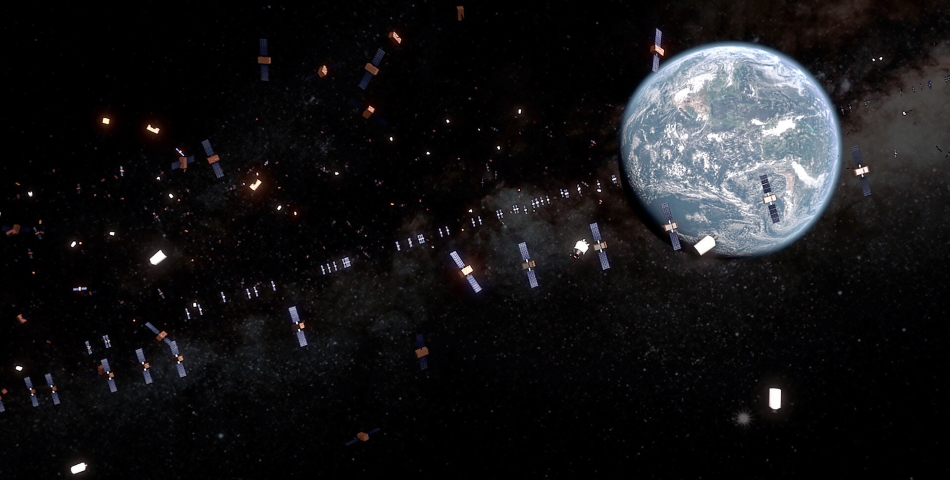Speaker
Description
As space access becomes more affordable and several mega-constellations are deployed into orbit, the already congested space environment will increasingly force satellites to disrupt their activities to avoid catastrophic collisions. Besides various projects for actively removing space debris, new solutions are needed to more accurately estimate the collision probability between active satellites and other space objects, reducing both the rate of false alarms and the propellant required for manoeuvres. A little explored approach is to enable satellites to make autonomous observations of the objects at risk of collision with them, thus contributing with unique information to the tracking data, which are currently mostly produced by means of ground-based sensors. This can be achieved by exploiting the natural dynamics of conjuncting space objects, which typically make several close passes before the closest approach, whereby an at-risk satellite has multiple opportunities to observe a hazardous object before a risky close approach. In this study, such observing windows are investigated more in detail by reproducing and analyzing thousands of historical conjunction events. Two-Line Element (TLE) sets are extracted for each event from past reports of Celestrak's SOCRATES service and the trajectory evolution of each pair of objects in the days prior to the closest approach is simulated using a SGP4 orbital propagator. A statistical analysis is performed to determine how many opportunities a satellite generally has to observe a secondary object, how long they last on average and other relevant features, with a view to assess the practical feasibility of the proposed approach to collision avoidance.

